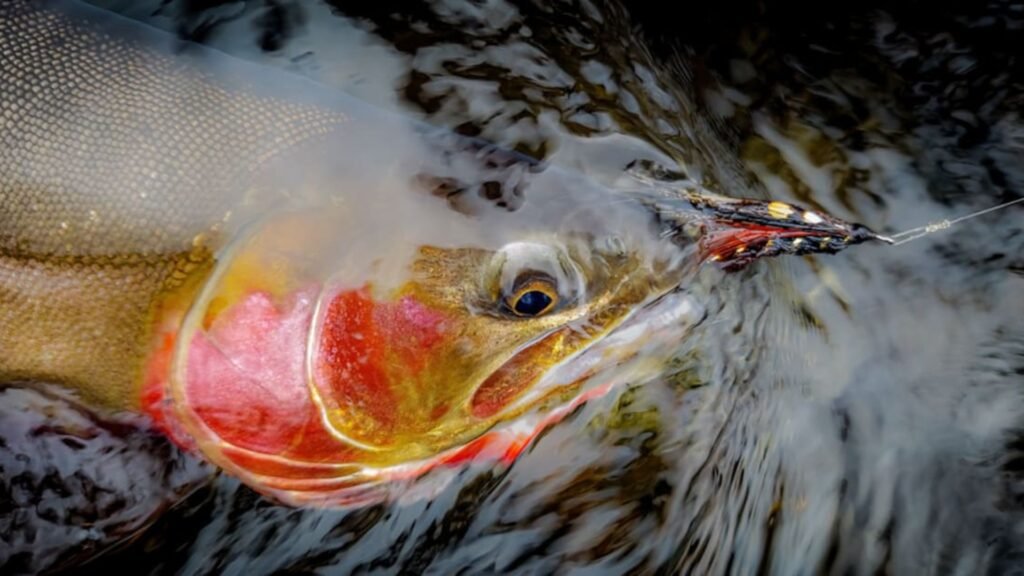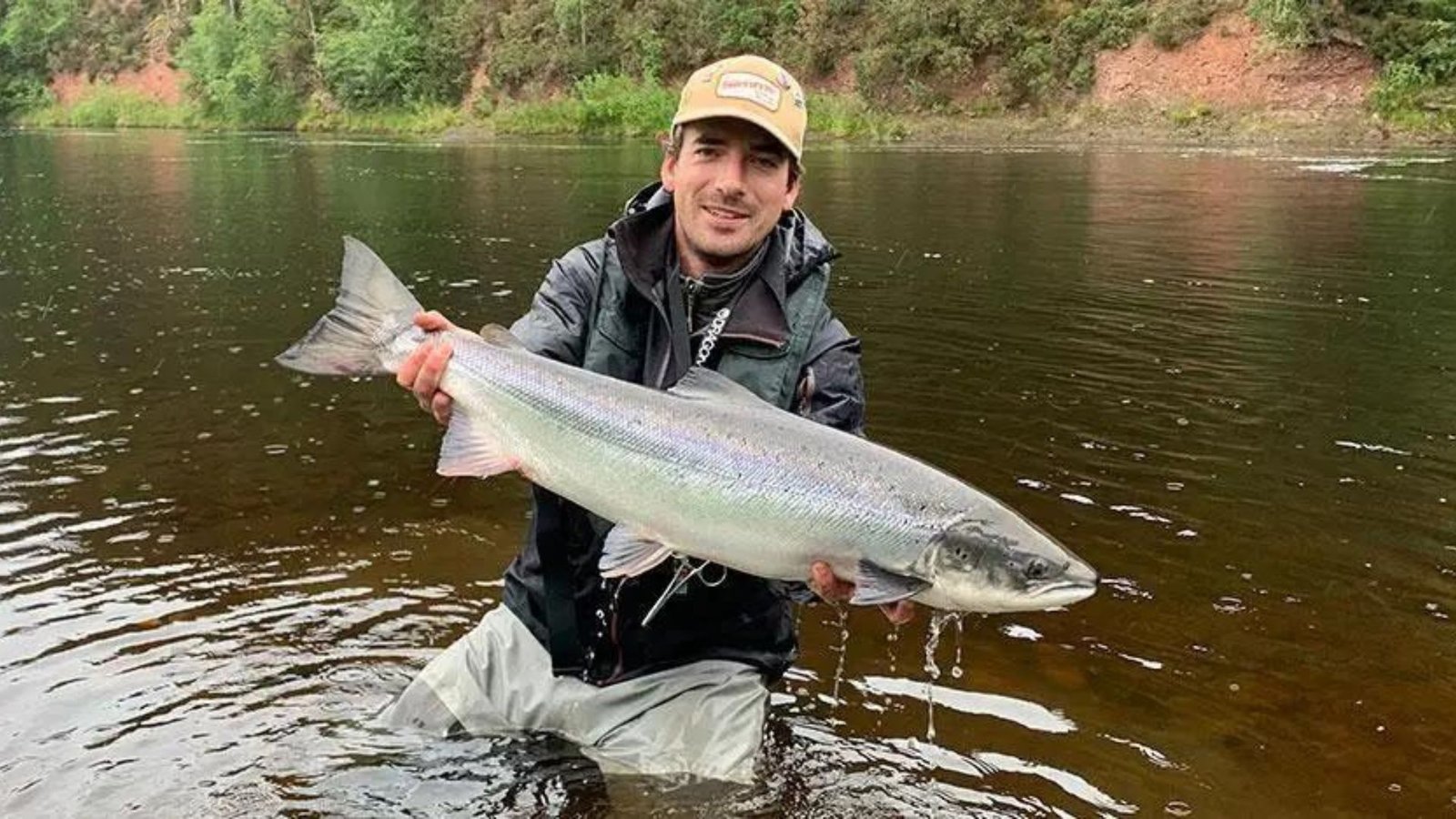The salmon fly hatch is a legendary event in the fly fishing world. These giant insects, some with wingspans reaching up to 4 inches, create a feeding frenzy for trout, making it an unforgettable experience for anglers. But successfully fishing a salmon fly hatch requires some specific techniques and knowledge. This guide will equip you with everything you need to know to make the most of this exciting time on the river.

Benefits of Fishing with Classic Salmon Flies
Understanding the Hatch
Salmon flies, also known as stoneflies, hatch in late spring to early summer, typically when water temperatures reach the mid-50s Fahrenheit. This hatch can vary depending on location and weather conditions. A cold spring can delay the hatch, while a warm spring can accelerate it. Local fly shops and guides are valuable resources for staying updated on the hatch timing in your area.
Targeting the Right Fish
There are two primary strategies for fishing a salmon fly hatch: targeting the nymphs before they emerge and the adults on the water’s surface.
-
Nymphing: Before they hatch, salmon fly nymphs migrate from the riverbed towards the banks. During this migration, they are vulnerable to nymph patterns. Large, size 4 nymphs in brown or black can be very effective.
-
Dry Fly Fishing: Once the adults emerge, trout will focus on feeding on these giant insects floating on the surface. Dry fly patterns that resemble the size, color, and silhouette of the salmon fly are key. Foam flies are popular choices due to their buoyancy.
Presentation is Key
During a hatch, trout can become selective. Here are some presentation tips to entice them:
-
The “Slap”: Salmon flies don’t land gently. A deliberate “slapping” sound on the water can imitate their arrival and trigger a strike.
-
Fish it Tight: Early in the hatch, fish tend to focus on the banks where the flies emerge. Cast your flies close to the shoreline.
-
Heavy Tippet: Fast-moving water and large flies call for heavier tippet material (e.g., 1x or 2x) for better control and durability.
-
Start Low: Don’t overwhelm the fish with a bulky fly right away. Start with smaller attractor patterns behind your dry fly, then switch to a larger salmon fly if needed.
-
Filled to the Brim: During a heavy hatch, trout can become full quickly. Consider using a dry-dropper setup with a smaller nymph trailing behind your large dry fly.
Beyond the Basics
-
Timing is Everything: The leading edge of the hatch can move upstream several miles per day. Consider fishing below the main hatch where hungry fish are just starting to resume feeding.
-
Don’t Overlook Other Options: Salmon flies aren’t the only insects on the menu during the hatch. Smaller mayflies and caddisflies can still be attractive to trout.
-
Think Outside the Box: Fish don’t always rise to the biggest fly. Experiment with different sizes and presentations to see what works best on that particular day.
By following these tips and understanding the salmon fly hatch, you’ll be well on your way to experiencing the thrill of catching a trophy trout during this unforgettable event. Remember, staying patient, adapting your techniques, and having fun are all essential parts of the fly fishing adventure!



